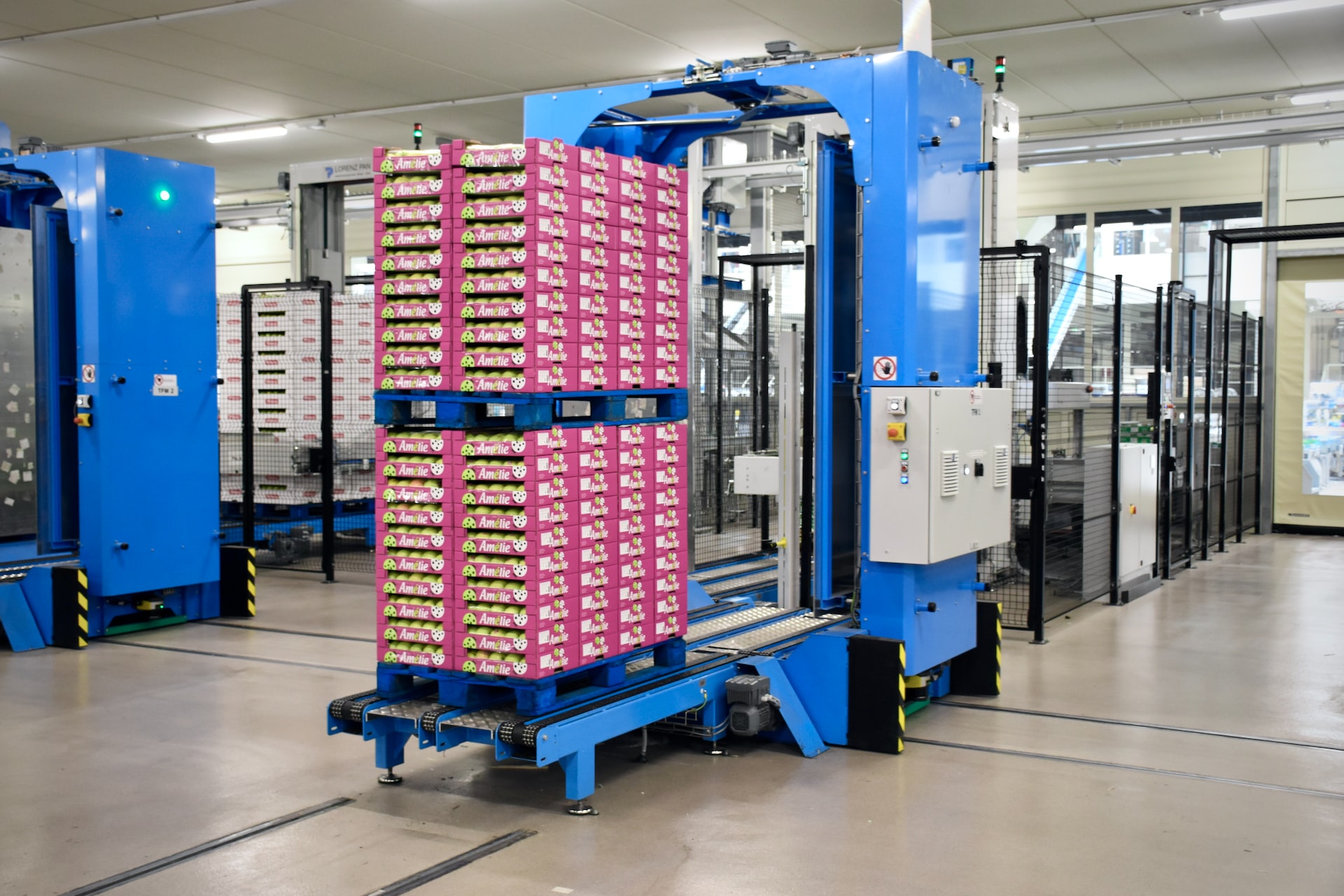Last Updated on: 22nd November 2023, 01:41 pm
A new report from Zhar Research shows that Long Duration Energy Storage (LDES) is set to become a lucrative business opportunity over the next 20 years, with investments in physics and chemistry-based storage solutions likely to reap rewards.
The report, “Long Duration Energy Storage LDES Markets 2023-2043: Grid Microgrid Delayed Electricity 6 Hours to Seasonal”, states that pumped hydro is currently seen as the benchmark for energy storage, but has limited suitable sites.
Gravity storage, which involves lifting and dropping rocks, is gaining traction, with the International Institute for Applied Systems Analysis estimating that decommissioned mines could be repurposed to operate gravity batteries. The cost of investment is estimated at between $1-10 per kWh, with a $2k/kW power capacity cost, and is estimated to be able to store 7-70TWh globally.
The report states that lithium-ion batteries have a limited duration of discharge at full rated power, and that alternatives such as iron-air conventional batteries and iron-based redox flow batteries, could offer a tenth of the levelised cost of storage LCOS, particularly when scaled to the increasingly-necessary GWh sizes.
CEO of Zhar Research, Dr Peter Harrop, said: “Many of the aspiring technologies, using physics or chemistry, have response of seconds and are being trialled at short term duty cycles so it is not frivolous to ask if they can do both short and long term in one facility. Over their long life they may do both together or one or the other and back again according to the rather unpredictable future change in needs in a given location. That versatility will de-risk investment in them, something the accountants may wish to recognise beyond levelised cost of storage LCOS based on one, possibly wrong, scenario.”
The report also states that new chemistries in conventional battery assemblies are being pitched to replace lithium-ion for short term storage and in vehicles, but lack the low self-discharge and fade required for LDES. Redox flow batteries RFB are predominantly used for microgrids, and lack the economy of scale in size, but have relatively high LCOS.
ESS Inc is targeting lithium-ion for now, with their iron RFB offering a maximum of 12 hours duration. They recently announced a small order for Amsterdam Airport Schiphol, and paired with the first-ever installation of solar panels over irrigation canals in the United States.
The report concludes that physics is likely to win for LDES, with chemistry making a lot of money as number two. It is thought that the primary grid market will shift to 30-100 days at GWh levels, with new approaches such as pumped hydro, lifting and dropping rocks, and redox flow batteries, all offering potential investment opportunities.





